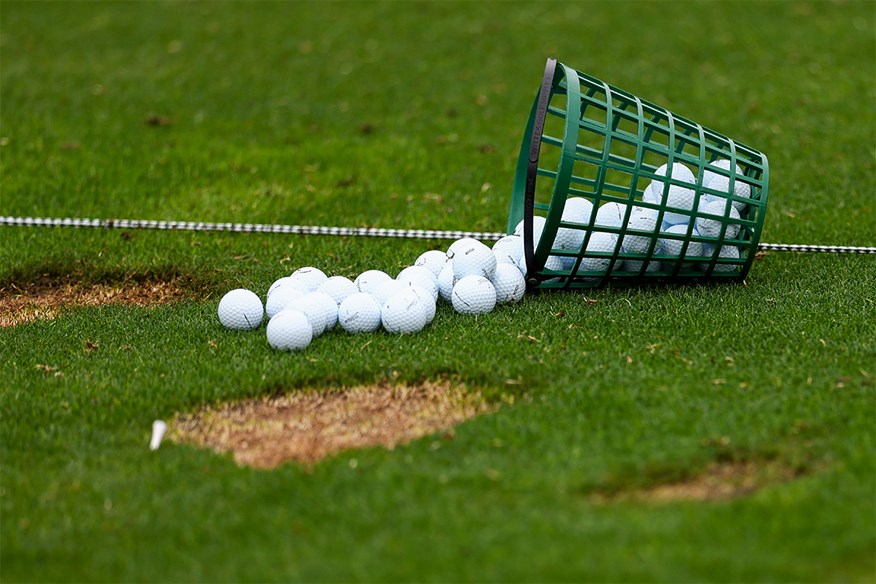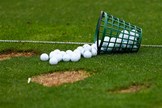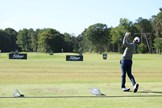Flush it on the range but crumble on the course? This brutal 10-ball drill reveals why
Published:
This 10-shot driving range drill will reveal the truth about your game – and why your range form doesn’t always show up on the course.
It’s fair to say that the way we practise golf gives us an inflated idea of our form. It’s not just the fact that the range serves up a never-ending nirvana of level stances and clean lies; it’s not even the fact that the next ball is only ever seconds away, allowing any half-decent player to latch on to a rhythm that sends out a succession of decent shots. More than anything else, it’s the fact that the shot you are hitting doesn’t really mean anything. There is no consequence. If you don’t quite get it right, you can make adjustments on the next one. Or the one after that. Generally, we can all end up hitting a shot we find acceptable. And we go home feeling we have made a ‘breakthrough’ in our game.
The problem here is that the game of golf isn’t particularly interested in the concept of refining. It gives you but one chance to get it right… and the fact of this is one of the game’s major performance obstacles. When there is always another chance, what are you really learning about your game? And how are you developing your ability to cope with the game?
Why does this matter? Because a false impression of the state of our game causes a host of performance issues.
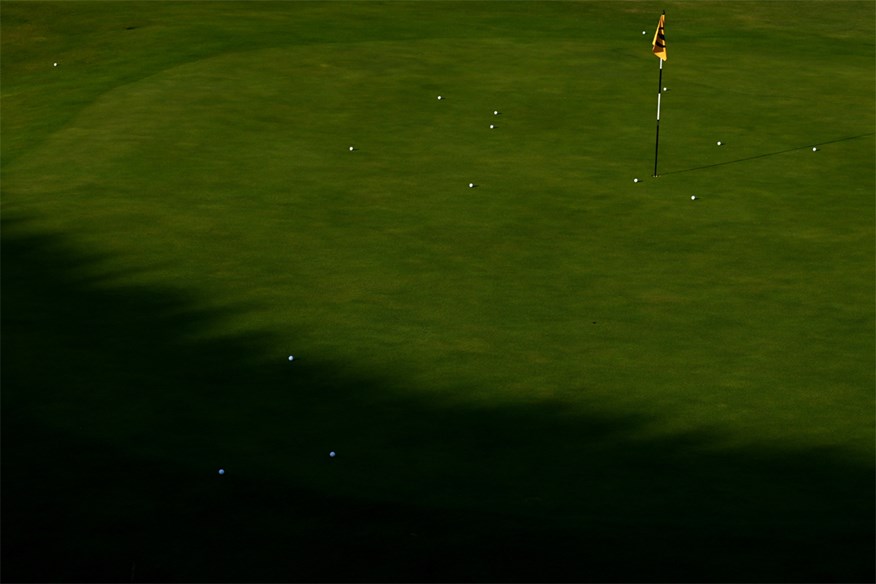
First up is the sense of disillusionment when you find you can’t replicate your range form on the course. Anyone who has berated themselves for their inability to find what came so easily during practice should be able to relate to this.
Then there is poor shot selection, as our range game invites us to write cheques our course game cannot possibly cash.
We can add clubbing issues and an inability to adapt to the list.
For these reasons, I have developed a range performance drill that will give every golfer who tries it a true picture of the state of their game. It is based on the idea that we can divide every shot we hit into three groups:
- Good.
- Good Enough.
- Poor.
Simplicity itself, the drill asks you to hit 10 shots to 10 different targets with 10 different clubs. You’ll award each shot a number – one, two or three – based on the result. Just as on the course, you’ll keep score… writing the number down in a notebook. After you’ve hit the 10th shot, tot up the ones, twos, and threes to give yourself a total. That total represents the state of your game.
While the rules of the game are simple, executing it is anything but. Suddenly, you are putting yourself into a realm where every shot counts. You’ll be tempted to replay a shot that doesn’t come out right; you’ll be tempted to ‘forget’ about a mishit. But remember, the game itself doesn’t allow you to do those things… and nor does this exercise.
This drill is only 10 balls long, but you will certainly feel it. Pressure, tension, disappointment, irritation, and more will all rear their ugly heads. Just as on the course itself, you will have to deal with them and work out your best way to perform.
When I try this exercise with golfers, probably the most common sensation is how many twos – ‘Good Enough’ shots – they hit. This is important because traditional, inflated ball-bashing practice tends to distort our expectation. Typically, ‘Good’ is seen as good enough, ‘Good Enough’ shots are barely acknowledged, and ‘Poor’ shots are the end of the world. Take on this 10-shot challenge and your relationship with those results starts to become more accurate and more realistic. This will help your state of mind on the course.
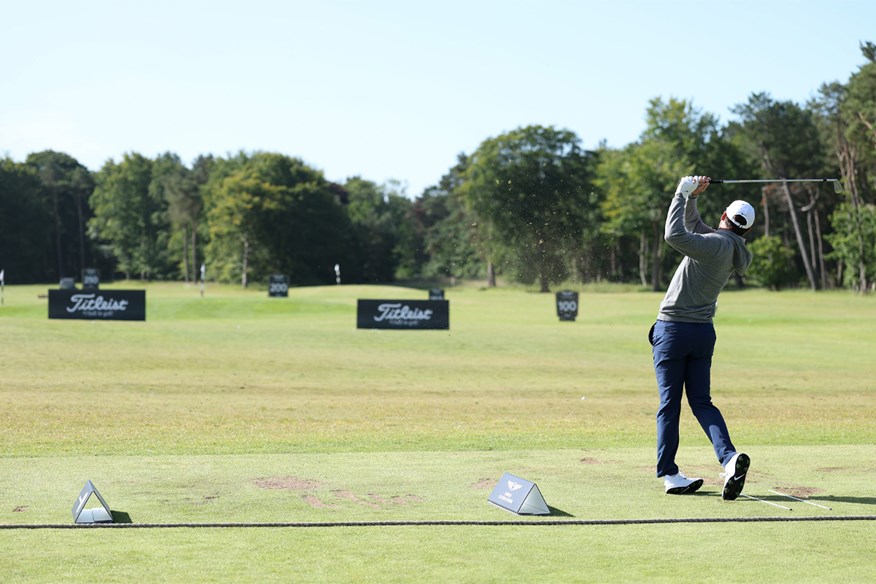
Once you’ve done this exercise, you may have had a couple of ones, five twos, and three threes. The first benefit, as mentioned, is an accurate picture of the state of your game. This is how well you’re hitting it… and almost certainly, you won’t feel quite as good about your situation as you would have done simply shelling balls. So try the exercise again. Obey the one-shot, one-chance rule, as before. But this time, look for patterns. Without the chance to try the shot again and put things right, miss patterns become clearer. Where are your threes coming from? Are you starting to find them in the same part of the bag? Do they all follow a similar shot shape?
We can’t be chasing every bad shot we hit, but isolating a pattern is a different story. It indicates a deeper issue that needs to be resolved. Take your findings to a trusted coach, and together you can come up with a plan. Then, in a few weeks, try the 10-ball challenge again. You just might find a few fewer threes in there.
Written by Karl Morris, a golf performance coach who has worked with six major winners.
